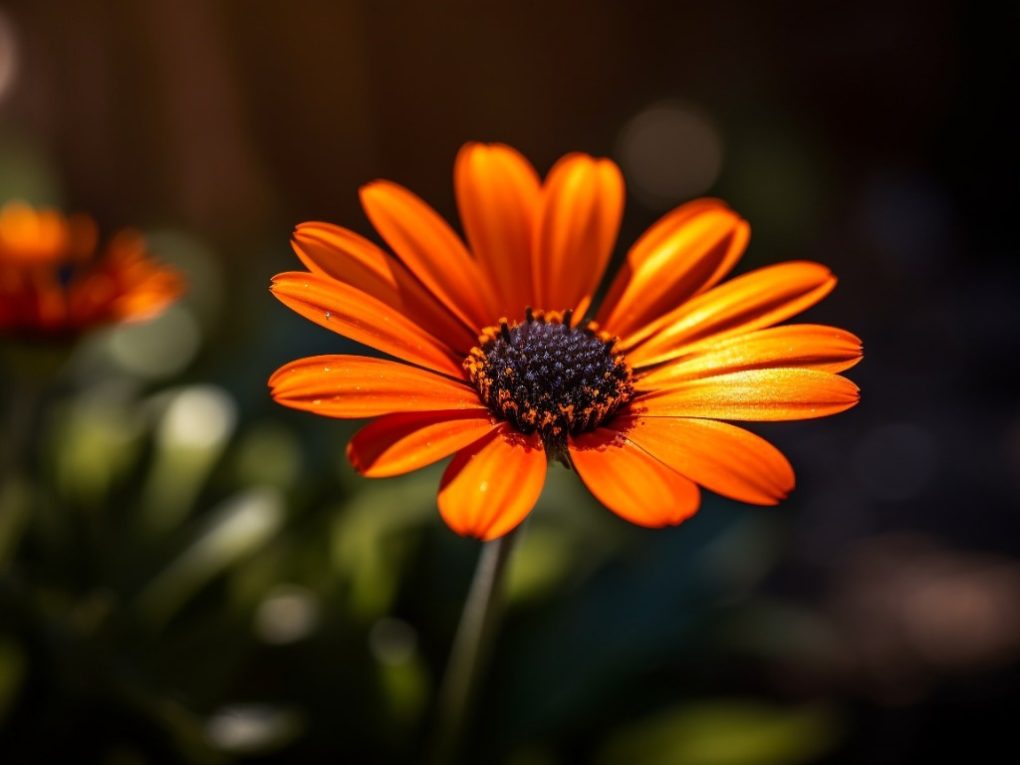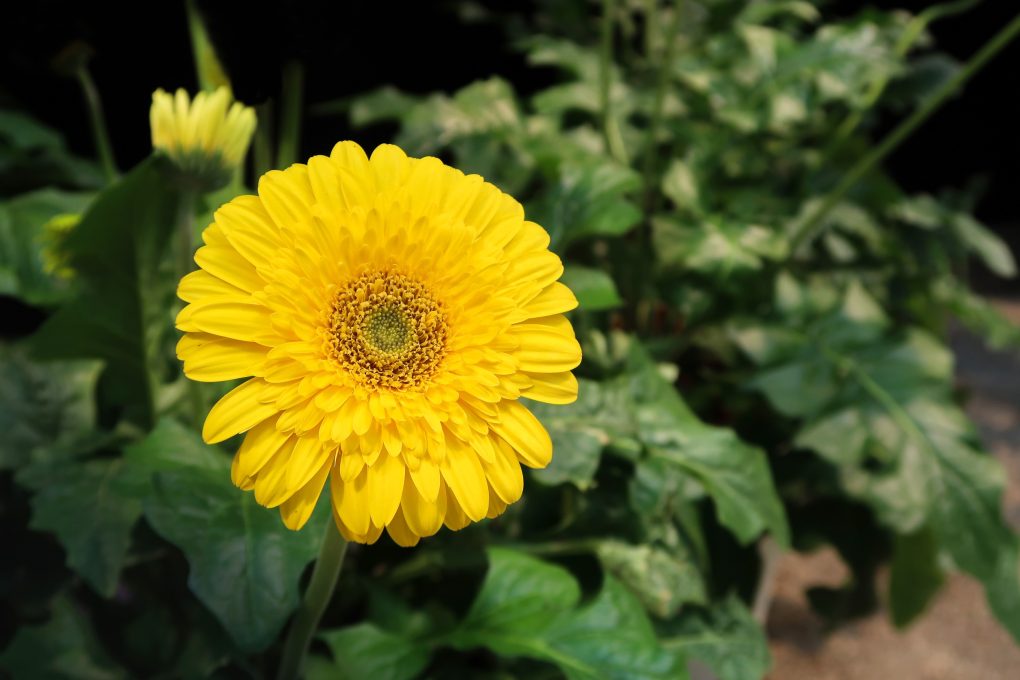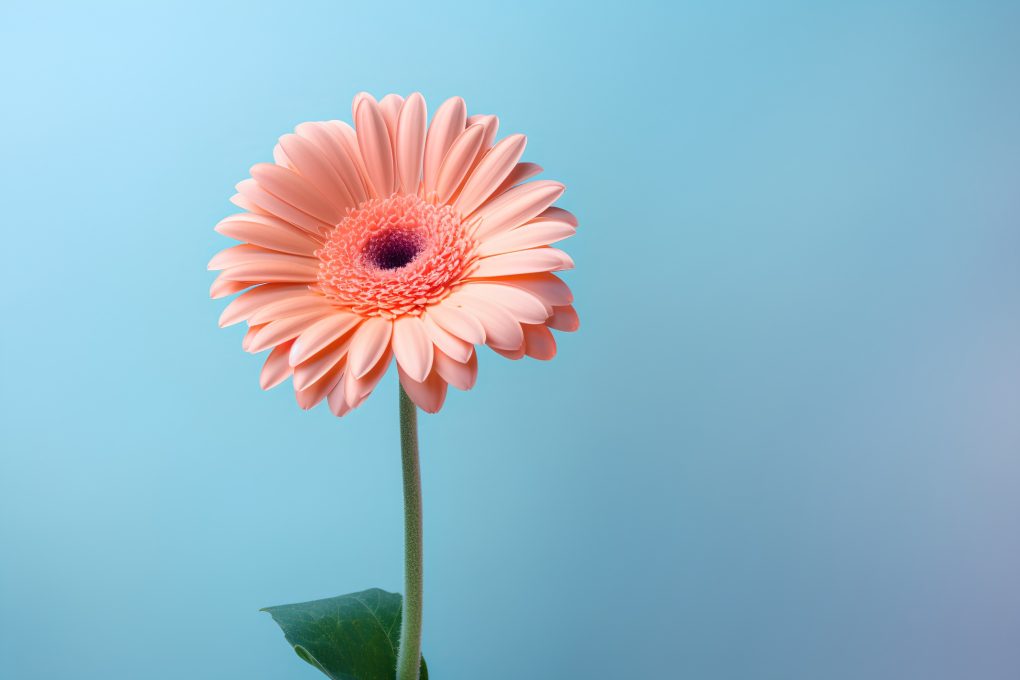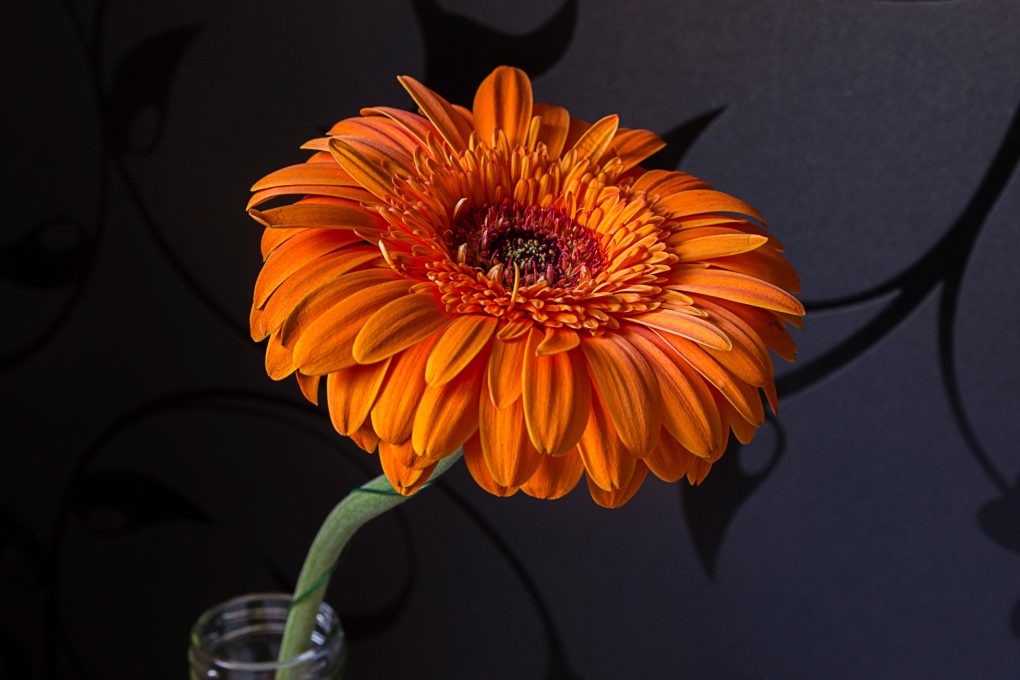How Long Will Gerbera Daisies Bloom? A Guide to Their Blooming Period

Gerbera daisies typically bloom for around 4 to 6 weeks, although their flowering period could extend for 3 to 4 months in ideal conditions. Proper care and favorable environmental factors can greatly influence their blooming duration.
Providing these flowers with a well-draining soil mix, consistent moisture, and adequate sunlight will encourage a longer blooming period. Deadheading spent blooms regularly also stimulates constant flowering and helps to maintain the plant’s overall health.
Table of Contents
Factors that Affect Gerbera Daisy Blooming

Gerbera daisies are known for their vibrant and colorful blooms. However, several factors can affect how long they will continue to bloom. Understanding these factors can help you keep your gerbera daisies blooming for as long as possible.
Light
Gerbera daisies require plenty of bright, direct sunlight to bloom. They should be placed in an area that receives a minimum of 6 hours of sunlight per day. They may produce fewer blooms or stop blooming altogether if they don’t get enough light. If you’re growing gerbera daisies indoors, consider placing them near a south-facing window or using grow lights to supplement natural light.
Temperature
Gerbera daisies prefer temperatures between 60 and 75 degrees Fahrenheit. They may stop blooming if the temperature drops below 40 degrees or rises above 70 degrees. Keep them away from cold drafts and heat sources like radiators or vents. If growing gerbera daisies outdoors, consider covering them with a frost cloth during cold snaps or heat waves.
Watering
Gerbera daisies require consistent moisture to bloom. The soil should be kept evenly but not soggy and moist. Depending on the weather and soil type, water them deeply once or twice a week. Avoid getting water on the leaves or flowers, which can cause disease or rot. If you’re growing gerbera daisies in a container, ensure the pot has drainage holes to prevent water from accumulating in the soil.
Fertilizer
Gerbera daisies benefit from regular applications of fertilizer. Fertilize with a balanced fertilizer that contains equal amounts of nitrogen, phosphorus, and potassium. Every two weeks during the growing season, apply the fertilizer following the package instructions for dosage and application method. Avoid over-fertilizing, as this can lead to excessive foliage growth at the expense of blooms.
How Long Do Gerbera Daisies Bloom?

Gerbera daisies are popular for their bright, colorful flowers in various shades, including red, orange, yellow, pink, and white. They are also known for their long blooming period, making them a favorite among gardeners and florists.
On average, gerbera daisies will bloom for about six to eight weeks. However, this can vary depending on several factors, including the growing conditions and the variety of the plant. For example, some varieties may bloom for 10 to 12 weeks, while others may only for four to six weeks.
To ensure that your gerbera daisies bloom for as long as possible, it is important to provide them with the right growing conditions. They prefer well-drained soil and plenty of sunlight, be careful not to overwater them as this can lead to root rot. Deadheading the spent flowers can also help to promote new growth and prolong the blooming period.
If you are growing gerbera daisies indoors, they may bloom for less time than they would outdoors. However, you can still enjoy their colorful blooms for several weeks with proper care and maintenance.
Overall, gerbera daisies are a great choice for anyone looking for a long-lasting, colorful addition to their garden or home. With the right care, they can continue to bloom for several weeks, providing a beautiful display of color and cheer.
Tips to Extend Gerbera Daisy Blooming

Gerbera daisies are beautiful and vibrant flowers often used in gardens and as cut flowers. They are known for their long blooming period, lasting several weeks. However, with proper care, extending the blooming period of gerbera daisies even further is possible. Here are some tips:
Deadheading
Plants are deadheaded to remove spent flowers to encourage new blooms. To deadhead gerbera daisies, pinch off the spent flower just above the first set of leaves. This will also help prevent the plant from going to seed, reducing the blooming period.
Mulching
Mulching adds a layer of organic material to the soil around the plant. This helps to retain moisture and regulate soil temperature, which can help to extend the blooming period. To mulch gerbera daisies, add a layer of organic material such as compost or shredded leaves around the base of the plant, not covering the stems or leaves.
Pest Control
Gerbera daisies can be susceptible to pests such as aphids and spider mites, which can damage the plant and reduce the blooming period. To control pests, use an insecticidal soap or neem oil spray. These products are safe for gerbera daisies and can help keep pests at bay.
Pruning
Pruning is the process of removing dead or damaged leaves and stems from the plant. This helps to promote new growth and can extend the blooming period. To prune gerbera daisies, use clean, sharp scissors to cut back any dead or damaged leaves or stems. Be sure to sterilize your scissors with rubbing alcohol before and after pruning to prevent the spread of the disease.
